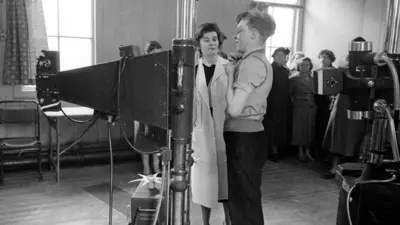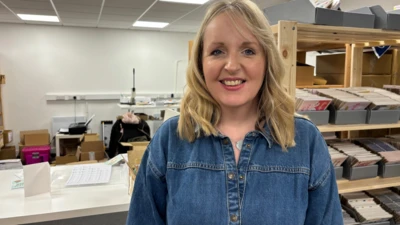We've updated our Privacy and Cookies Policy
We've made some important changes to our Privacy and Cookies Policy and we want you to know what this means for you and your data.
What does Awaab Ishak's death tell us about England's housing?
Image source, Rochdale Coroners Office
- Author, Mark Easton
- Role, 91╚╚▒¼ editor
A toddler, two-year-old Awaab Ishak, has died from a respiratory condition which a coroner concluded was caused by exposure to mould in his Rochdale home.
The coroner said his death should be a "defining moment" for the housing sector in terms of knowledge and awareness of the issues surrounding damp and mould.
But for decades, experts have been complaining that millions of people are living in sub-standard or dangerous accommodation.
So what does this tragic case this tell us about the state of housing in England?
Despite this country's wealth, a significant proportion of its people still live in homes that are dangerous to their health.
Recent research by the Building Research Establishment estimated that illness caused by poor housing costs the NHS in England ┬Ż1.4 billion a year.
There is a "decent homes" standard set by government, but the latest English housing survey - commissioned by the Department for Levelling Up, Housing and Communities - found 3.5 million homes failed to reach the minimum requirement.
Of those, 2.2 million have what is called a Category 1 hazard, meaning they present the highest risk of serious harm or death.
The health of millions of citizens is being threatened by the homes they live in.
Damp and mould - dangers associated with allergies, respiratory disease and damage to the immune system - are found in almost one million homes in England.
There has been some improvement in the last decade. In 2010 just over 7% of social rented properties had damp, and now it's 5% - but that is still 200,000 homes.
Just 2% of owner-occupied properties are damp, which is around 300,000 homes.
It is the private rented sector where problems are worst.
Again, things are not as bad as they were, but almost one in 10 homes being rented privately have damp problems, which is more than 400,000 homes.
There have been calls for damp and mould to be given the same legal standing as gas safety and legionella, compelling landlords to sort it out or face prosecution.
The government is also looking to introduce a legally binding decent homes standard in the private rented sector, matching rules already in place for social housing.
But this is a national scandal, decades in the making, with millions paying to live in homes that are deficient, dangerous or deadly.
Top Stories
More to explore
Most read
Content is not available








